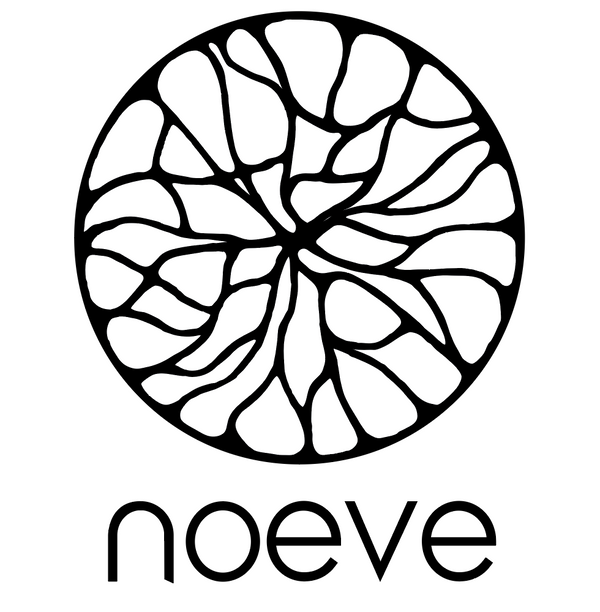VINCENT FOURNIER
\\BIOGRAPHY
Vincent Fournier is a French artist who explores significant mythologies of the future: space exploration, utopian architecture, artificial intelligence, living transformation…
After being awarded a diploma in both sociology and visual arts, he studies at the National School of Photography in Arles and obtains his diploma in 1997. His works can be found in the permanent collections of the Metropolitan Museum of Art (MET) New York, the Centre Pompidou Paris, MAST Foundation Bologna, the Vontobel Art Collection Zürich, Baccarat Art Collection New York, Domaine des Etangs Massignac, the LVMH contemporary Art collection Paris (with Le Bon Marché) or Fondation Bullukian Lyon among others. He has been participating in major exhibitions such as «The Universe and Art» at the Mori Art Museum in Tokyo and the Art Science Museum in Singapore or solo shows at the Museo d’Arte Moderna di Bologna (MAMbo) during Foto Industria 2018 or les Rencontres d’Arles in 2014.
“My work is inspired by the dream and mystery side that the scientific and technological utopias echoes in the collective imagination : space travel, utopian architectures, humanoid robots, the transformation of the living … My interest for these themes comes from the aesthetics they create, the philosophical thrill that they provoke but also their formidable capacity to generate stories, always on the borders of the real and the imaginary. This “in-between” creates a floating that allows different levels of reading and leaves open the interpretation. The stories of the future crystalize so many emotions and questions, at the same time children’s dreams and dreams of civilizations. These are stories that invent a temporality between past, present parallel and future. I use the elements of these stories to create images and objects always put in tension by oppositions that come to disturb our eyes and blur the borders: reality / fiction, science / belief, past / future, visible / invisible, natural / artificial … I believe that the starting point of this “obsession” comes from my childhood and many visits to the Palais de la Découverte in Paris with my grandmother. All these evocations of the “wonder of science” and the mysteries of the Universe have nourished my imagination and stimulated my curiosity for utopias and the field of possibilities. I also grew up in the ’70s and ’80s when the year 2000 was like a huge mountain, at the top of which were flying cars. This projection did not happen, at least not so visibly, but it is I think what made me want to extend these dreams of children “
Vincent Fournier, February 2019.
After being awarded a diploma in both sociology and visual arts, he studies at the National School of Photography in Arles and obtains his diploma in 1997. After several years as creative director and photographer in the advertising and movie industry, he leaves for a great trip around the world during the year 2004. He realizes then his first series, Tour Operator, which is going to put the bases of his photographic style: contrasts of scale, sharp architectural composition, precision of the aestheticism, mastery of natural light, interest in paradoxical situations embodying tension and irony…
Switching from a documentary style to more and more staged images, he explores futuristic fiction and discovers in our present, or in the past, glimpses of the future. His work proposes a journey into some of the most representative utopias from the 20th and 21st centuries: the great adventure of space exploration, the futuristic architectures, artificial intelligence… In these imaginary archives, one’s memory works both ways – as the White Queen in Alice in Wonderland explains – in the past but also in the future. A world where you can remember things before they happen.
Space Project is his founding project, a genuine world tour of the most emblematic space research centers. Artificial intelligence and robotics will become his other playground with the Man Machine series. His most recent work Post Natural History raises the question of the possible mutations of living organisms by technology and in particular biological engineering.
If the photography remains his medium of preference, 3D printing, video or installations can sometimes come to accompany some of his projects. His images are playing with several oppositions: documentary/fiction, past/future, science/magic, intimacy/universality, logic/absurd… Having grown up with “the end of History” and living in the eternal present, he questions with his images our past and future utopias… What are our expectations for the future and has the future already happened?
